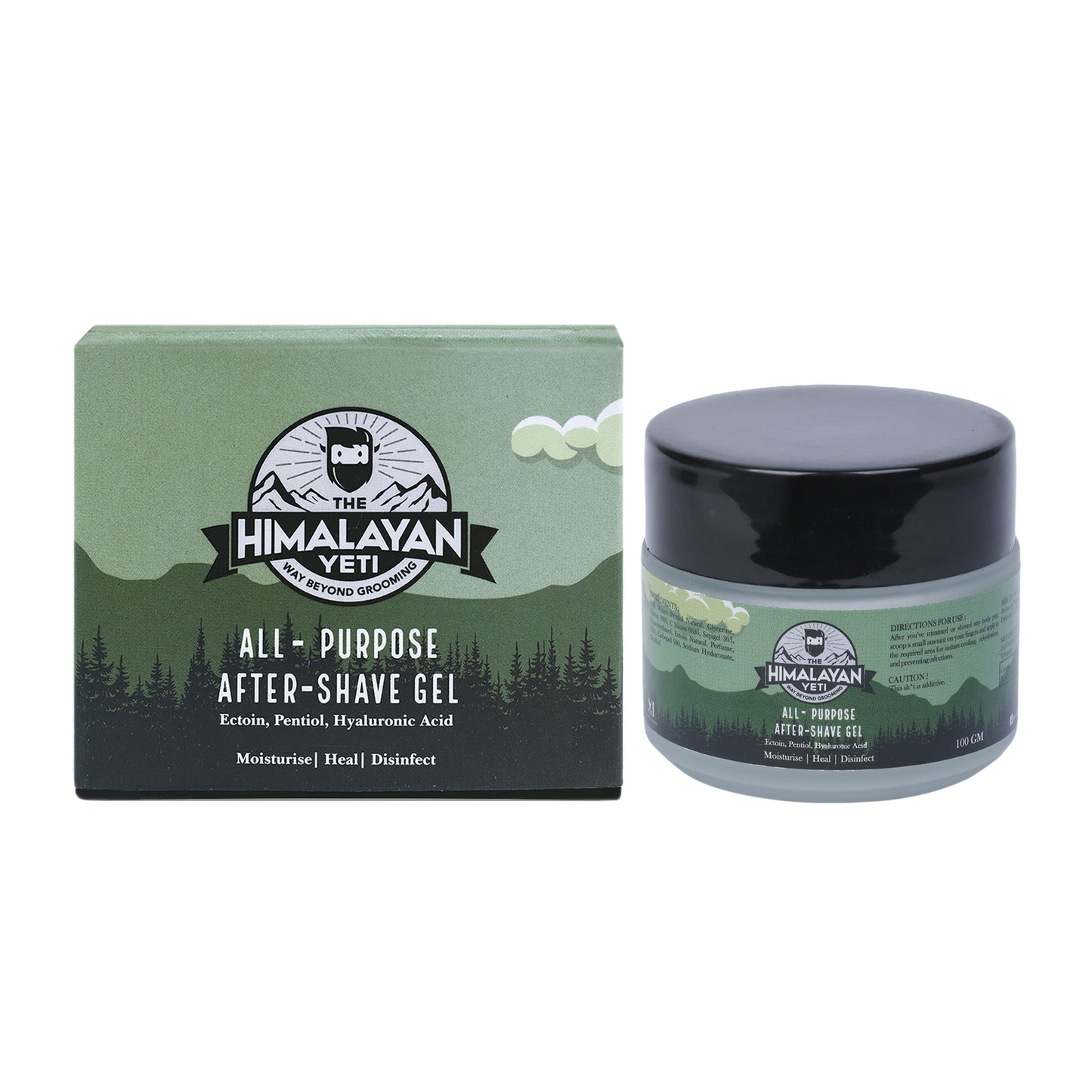
What is UV light?
The light we see around us comprises various waves collectively known as the Electromagnetic (EM) spectrum (or radiation). We can only sense a small range of wavelengths known as visible light, which is made of seven colours (VIBGYOR).
However, a large part of the EM spectrum is invisible to the human eye. This part consists of X-rays, ultraviolet (UV) light, infrared (IR) rays etc. Each of these waves has its unique characteristics and uses.

How is it produced?
The radiation that is given off by the sun consists of the entire EM spectrum. But by the time it reaches the Earth’s surface, most waves like gamma rays, X-rays and some parts of UV rays are scattered or absorbed by the atmosphere.
About 10% of the radiation of the sun is UV radiation. But only about 1/3rd of it reaches the Earth’s surface. UV radiation is divided into three subcategories:
- Ultraviolet A (UVA): Longest wavelength, least energy. About 95% of the UV radiation that reaches us is UVA.
- Ultraviolet B (UVB): Medium wavelength and medium energy. 5% of the UV radiation is UVB.
- Ultraviolet C (UVC): Shortest wavelength but highest energy. It is scattered or absorbed by the atmosphere.
What effects does it have on our body?
Negative impact:
Most of us have undoubtedly heard about how UV light is detrimental. It harms our eyes and skin.
Skin: The skin is the organ that is the most vulnerable to UV radiation. Exposure to different UV bands (A, B or C) can cause various skin conditions.
- UVA: UVA is the weakest among the UV radiation. But it can still cause significant damage to the skin. UVA attacks the collagen that makes up the skin and weakens it. This causes our skin to age. More importantly, UVA produces free radicals in our cells, which reacts with the DNA and causes issues for the immune system.
- UVB: UVB also attacks collagen and weakens it. However, UVB causes significantly more damage to the DNA. Instead of forming free radicals, UVB radiation directly attacks the DNA, thus weakening its bonds. This mutates the DNA. The affected cell becomes cancerous, which spreads to nearby cells. This is a type of skin cancer called melanoma. It is the deadliest skin cancer.
- UVC: Exposure to UVC is rare since natural UVC is absorbed by the atmosphere. If you are exposed to UVC from man-made sources for even a few minutes, it can cause severe burns, but they are resolved within a few weeks.
Eyes: Directly looking at sources of UV radiation causes many issues. The eyes are most susceptible to UVC radiation which is rarely found naturally. However, UVC radiation is released through artificial sources like a welding arc. Looking at it directly could cause cataracts. It could also severely damage the cornea, lens and retina.

Benefits of UV radiation:
- Exposure to sunlight for 10-15 minutes daily enhances the production of vitamin D in the body.
- Vitamin D promotes the release of serotonin, which makes us feel happy and healthy.
- UV radiation is also known to help certain skin conditions like psoriasis and eczema.
How to minimise the adverse effects?
Prolonged exposure to the sun could be detrimental. Therefore, it is necessary to take some measures:
- Use sunscreen whenever you venture out of your home. Look for sunscreens having a Sun Protection Factor (SPF) greater than 30. It protects your skin from much of the UVB rays.
- Wear clothes that cover as much of your body as possible.
- Wear a hat to protect your face, ears, nose etc.
Be in the shade as much as possible.
Avoid venturing out between 10 AM to 4 PM. UV radiation is the most intense during this time.
The other way to minimise damage due to UV light is the intake of antioxidants. These help in fighting against free radicals. Antioxidants can be ingested or found in topical products. While ingestible antioxidants are found in various food items, The Himalayan Yeti provides a wide range of topical products like shower gel, shampoo, and face wash that provide your skin and hair vitamins with the required antioxidants.

Exposure to sunlight is crucial for our well-being. But “too much of anything is bad”. Hence, it is necessary to know the issues that could be caused by UV radiation and what precautions to follow to prevent this.
Frequently asked questions:
Where is UV light found?
A: While not visible to us, UV light is emitted by the sun and in very minor amounts through man made sources.
How does UV light help us?
A: Exposure to natural UV light (sunlight) for 10-15 mins daily stimulates the production of Vitamin D. It also helps in treating some skin conditions like acne and eczema.
Why is long exposure to UV light harmful?
A: Prolonged exposure to UV light damages the skin and could even cause skin cancer. It also affects the eyes and could cause cataract.

